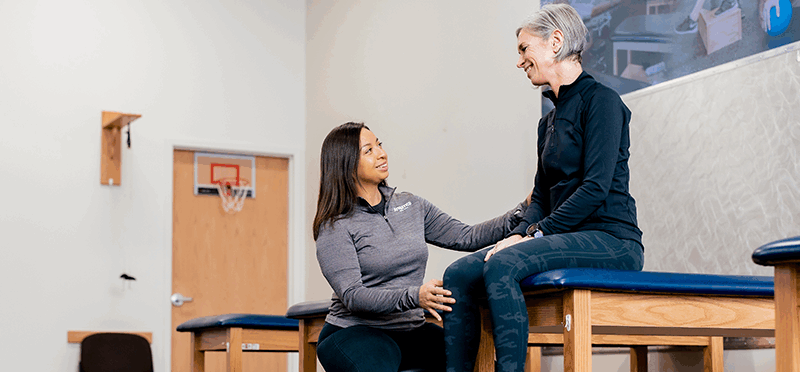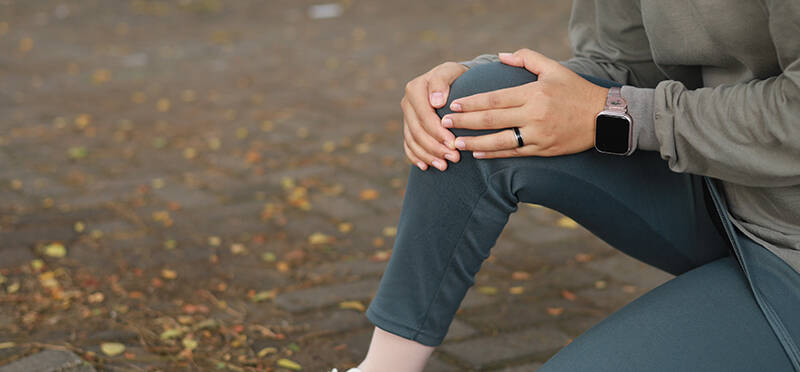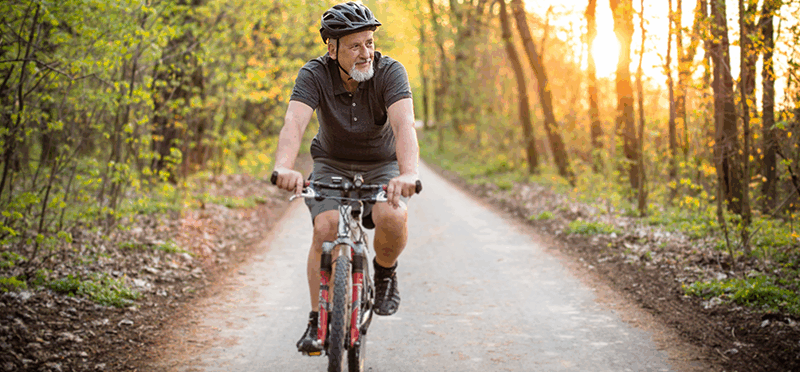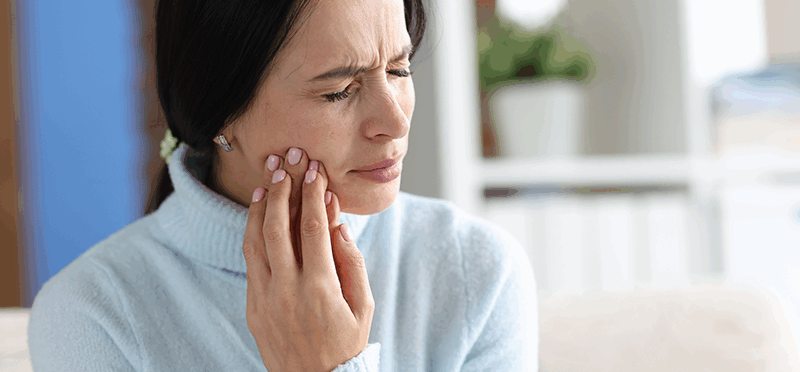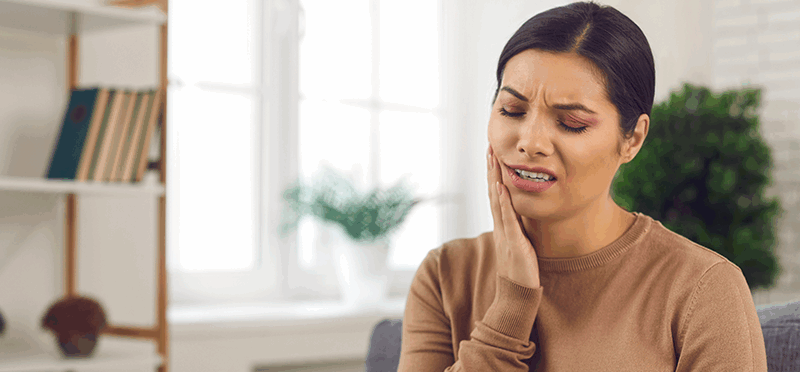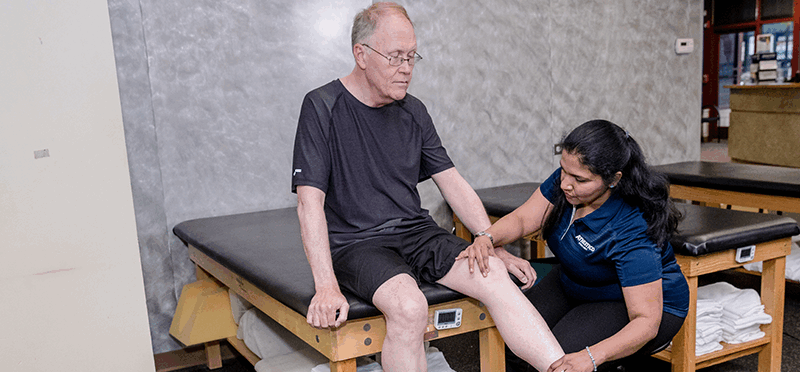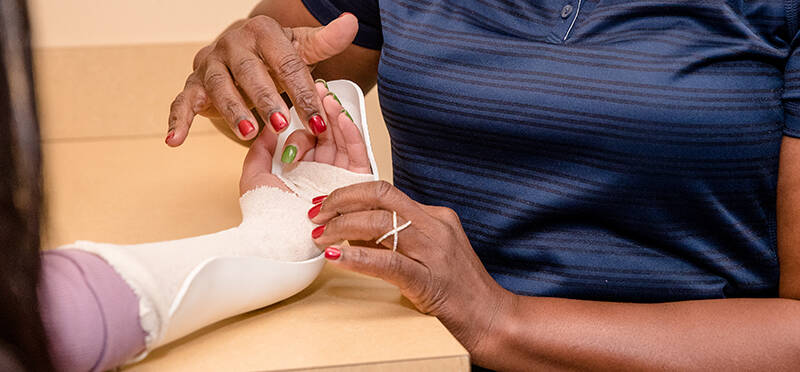What Does Physical Therapy Look Like After A Knee Replacement?
Posted on January 31, 2025 by Peter Batz, PT, DPT, OCS, CMTPT, AIB-VRC
Are you planning on having a knee replacement? Did you recently just have one? Knee replacements are one of the...
(more…)




